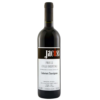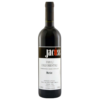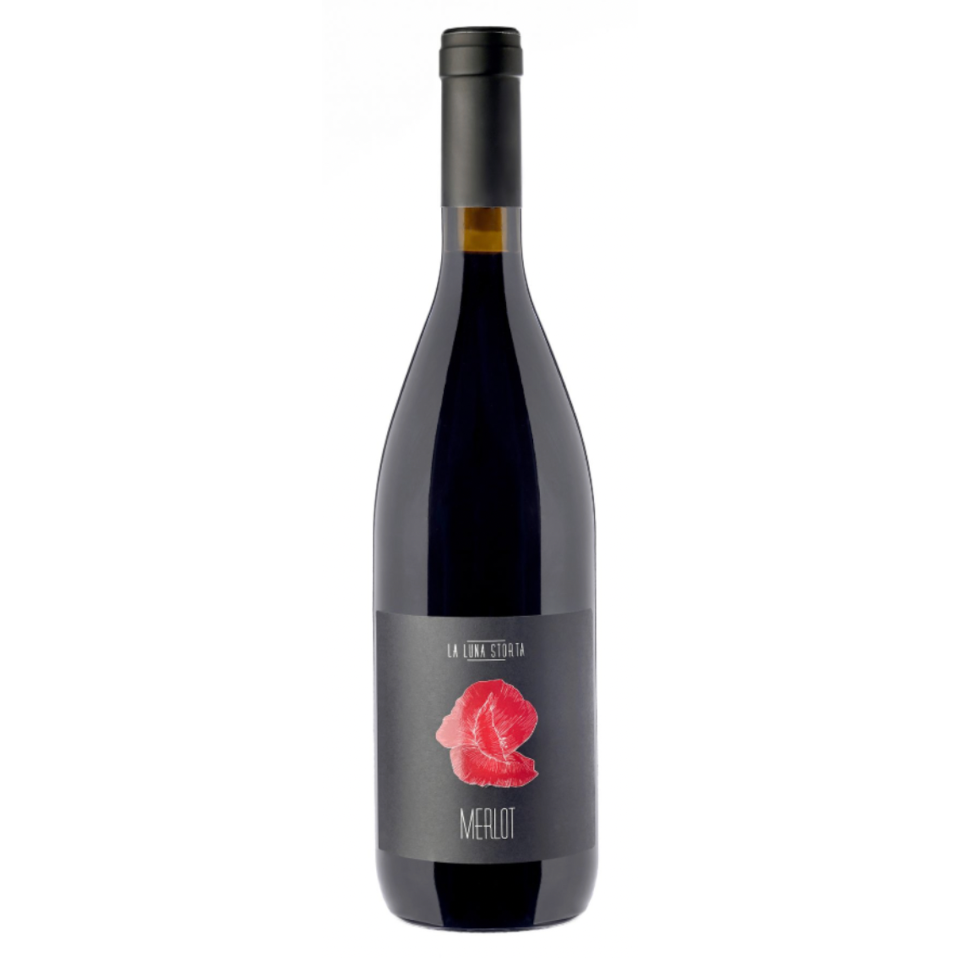Schioppettino Fuc e Flames – Jacuss – 2023
Winery: Jacuss
14,90 €
Out of stock

The wine Schioppettino Fuc e Flames by Jacuss
The Schioppettino “Fuc e Flames” from the Jacuss winery is produced with 100% Schioppettino grapes grown in vineyards owned by the winery that are located in Montina di Torreano in the heart of the eastern hills of Friuli. The terroir and the temperature variations between day and night make this area one of the most suitable for growing grapes in Friuli Venezia Giulia.
But why is this Schioppettino called “Fuc e Flames” which in Friulian means fire and flames? It was the winter of 2004 and it was cold. Imagine three strange men sitting at a table with the task of inventing a specific name for the Schioppettino, a special wine with a special identity.
After more than an hour of reflection, one of the three realized that the stove was running out of wood, and said to the other: “met sù un lèn tal fùc! ” (put the wood in the fire!) and from there the name Fuc e Flàmis was born!
The perfect name for an extraordinary wine.
THE WINEMAKING
The harvest is strictly manual, and only the selected grapes are brought to the cellar. Before starting the winemaking process, the bunches are left to sub-ripen in the fruit cellar for thirty days in boxes. After pressing, fermentation takes place in steel tanks at a controlled temperature of 26 ° – 28 ° C. The must macerates on the skins for about 20 days. After racking, the wine ages for we months in steel tanks. Once assembled and bottled, the wine remains in the cellar for at least three months before being released on the market.
Tasting the wine of the winery
Garnet red with purple reflections; the aroma is elegant with pleasant notes of cherries in alcohol that alternate with hints of berries to close with spicy scents. Warm and intense on the palate with a perfect correspondence between perfumes and aroma. Long and persistent finish.
FOOD PAIRINGS
Perfect with red meats, game and hard cheeses. Try it with pasta with wild boar ragù.
THE WINERY
The Jacuss winery was founded in 1990 when the owners, Sandro and Andrea Iacuzzi, decided to focus exclusively on producing wine, their passion; before they did mixed agriculture…. keep reading
| Denomination | |
|---|---|
| Brand | |
| Grape Variety | |
| Aging | |
| Aging Potential | |
| Wine Year | |
| Alcoholic content | |
| Service Temperature | |
| Bottle size | |
| Food pairing |









